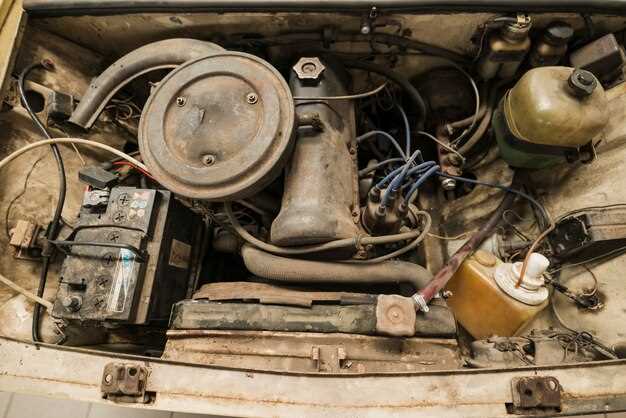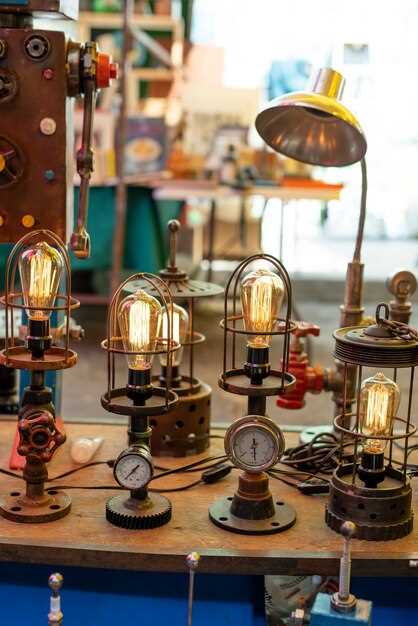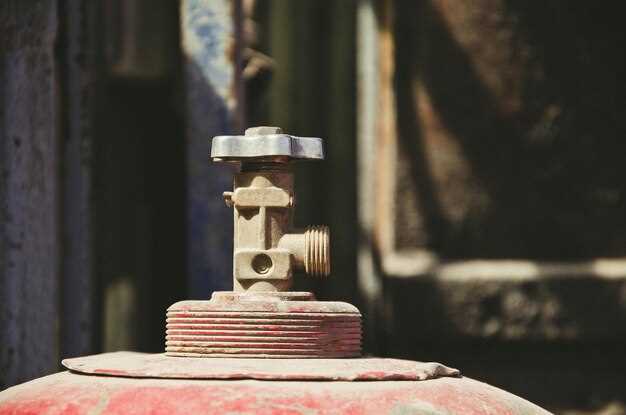
For automotive enthusiasts, rebuilding vintage starters and alternators is not only a practical solution but also a rewarding process that brings old vehicles back to life. These components are crucial for ensuring that your classic car runs efficiently and reliably. Over time, however, they may suffer from wear and tear, making it essential to understand how to properly rebuild them to restore their original functionality.
This guide will walk you through the step-by-step process of revitalizing vintage starters and alternators, from disassembly to reassembly. We will cover essential tools and materials needed for the job, as well as detailed instructions on how to troubleshoot common issues. With a little patience and attention to detail, you can give your vintage components a new lease on life.
Whether you are a seasoned mechanic or a hobbyist looking to expand your skills, the process of rebuilding these vital components will deepen your understanding of automotive mechanics. By committing to this hands-on approach, you not only save money but also contribute to the preservation of automotive history.
Inspecting and Diagnosing Common Issues in Vintage Alternators
When restoring vintage vehicles, assessing the condition of the alternator is crucial. Start by examining the physical state of the alternator for any signs of wear or damage. Look for cracks in the casing, frayed wires, or loose connections that may hinder performance.
Next, check the electrical connections to ensure they are clean and secure. Corrosion can impede electrical flow, so it’s essential to clean terminals with a suitable cleaner if oxidation is present. Utilize a multimeter to measure voltage output. A healthy alternator should typically produce between 13.5 and 14.5 volts when the engine is running.
Listen for unusual noises coming from the alternator. Grinding, whining, or growling sounds may indicate bearing failure or internal component issues. If you suspect a problem, spin the alternator by hand; it should rotate smoothly without resistance. Any roughness may signify worn bearings that require replacement.
Inspect the drive belt that connects the alternator to the engine. A loose, worn, or cracked belt can affect the alternator’s efficiency. Ensure that the belt has the correct tension to maintain optimal performance and consider replacing it if it shows signs of wear.
Lastly, test the alternator’s diodes. Failure of the diodes can lead to poor charging capabilities. A diode tester or multimeter in diode mode can help determine if the diodes are functioning correctly. Proper diagnosis of these common problems ensures the longevity and reliability of vintage alternators during vehicle restoration.
Step-by-Step Process for Rebuilding Vintage Starters

Rebuilding a vintage starter can restore functionality and preserve the originality of classic vehicles. Follow this detailed guide to effectively rebuild your starter.
1. Preparation
Before starting, gather necessary tools: a socket set, screwdrivers, pliers, a multimeter, and a clean workspace. Remove the starter from the vehicle using the appropriate procedures outlined in your vehicle’s service manual.
2. Disassembly
Begin disassembling the starter by removing the mounting bolts. Carefully detach the end cover, field coils, and armature assembly. Take note of the orientation and position of components for accurate reassembly.
3. Inspection
Inspect each part for wear and damage. Check the armature for shorts, and examine the brushes for excessive wear. Measure the field coils with a multimeter to ensure they are within specifications. Replace any faulty parts with equivalent vintage components.
4. Cleaning
Thoroughly clean all components using a solvent to remove old grease, dirt, and carbon buildup. Ensure that the commutator is clean and free from rough edges. Use fine sandpaper if necessary to achieve a smooth finish.
5. Component Replacement
Replace worn brushes, bushings, and any other necessary components. Ensure that the brushes fit properly in their holders and make solid contact with the commutator. Reassemble the field coils and ensure that all windings are intact.
6. Reassembly
Following your notes, reassemble the starter by reversing the disassembly steps. Ensure all bolts are tightened to specifications, and inspect the alignment of the armature and field coils to avoid binding.
7. Testing
Before reinstalling, test the rebuilt starter on a bench. Connect it to a power source and check its function. Listen for unusual noises and adhere to safety protocols during this process.
8. Installation
If the starter functions correctly, proceed with the installation back into the vehicle. Reconnect electrical connections and ensure that all mounting is secure. Test the starter in the vehicle to confirm proper operation.
By adhering to this step-by-step process, you will successfully rebuild your vintage starter, ensuring reliable performance and maintaining the integrity of your classic vehicle.
Essential Tools and Parts Needed for Restoration Projects

When embarking on the restoration of vintage alternators and starters, having the right tools and parts is crucial for success. First, a comprehensive set of hand tools is essential. This includes wrenches, screwdrivers, and pliers, which are necessary for disassembling the components of an alternator or starter.
A multimeter is an indispensable tool for diagnosing electrical issues. It helps measure voltage, resistance, and continuity, allowing you to troubleshoot problems within the starter and ensure it functions correctly after restoration. A soldering iron may also be required for repairing connections or replacing faulty wiring.
Among the specific parts required, brushes and bushings are often the first items that need replacement. These components experience wear over time and are vital for the proper functioning of starters and alternators. Additionally, having a set of replacement bearings can ensure smooth operation after restructuring.
Another essential item is a rebuild kit. These kits typically include gaskets, seals, and fasteners that are necessary for reassembly. A soft wire brush is valuable for cleaning metallic parts and removing corrosion before reinstallation.
Having a workbench with a vice setup provides stability while working on intricate components, allowing for safe and effective restoration. Lastly, safety gear, including gloves and eyewear, should always be used to protect yourself during the rebuilding process.












